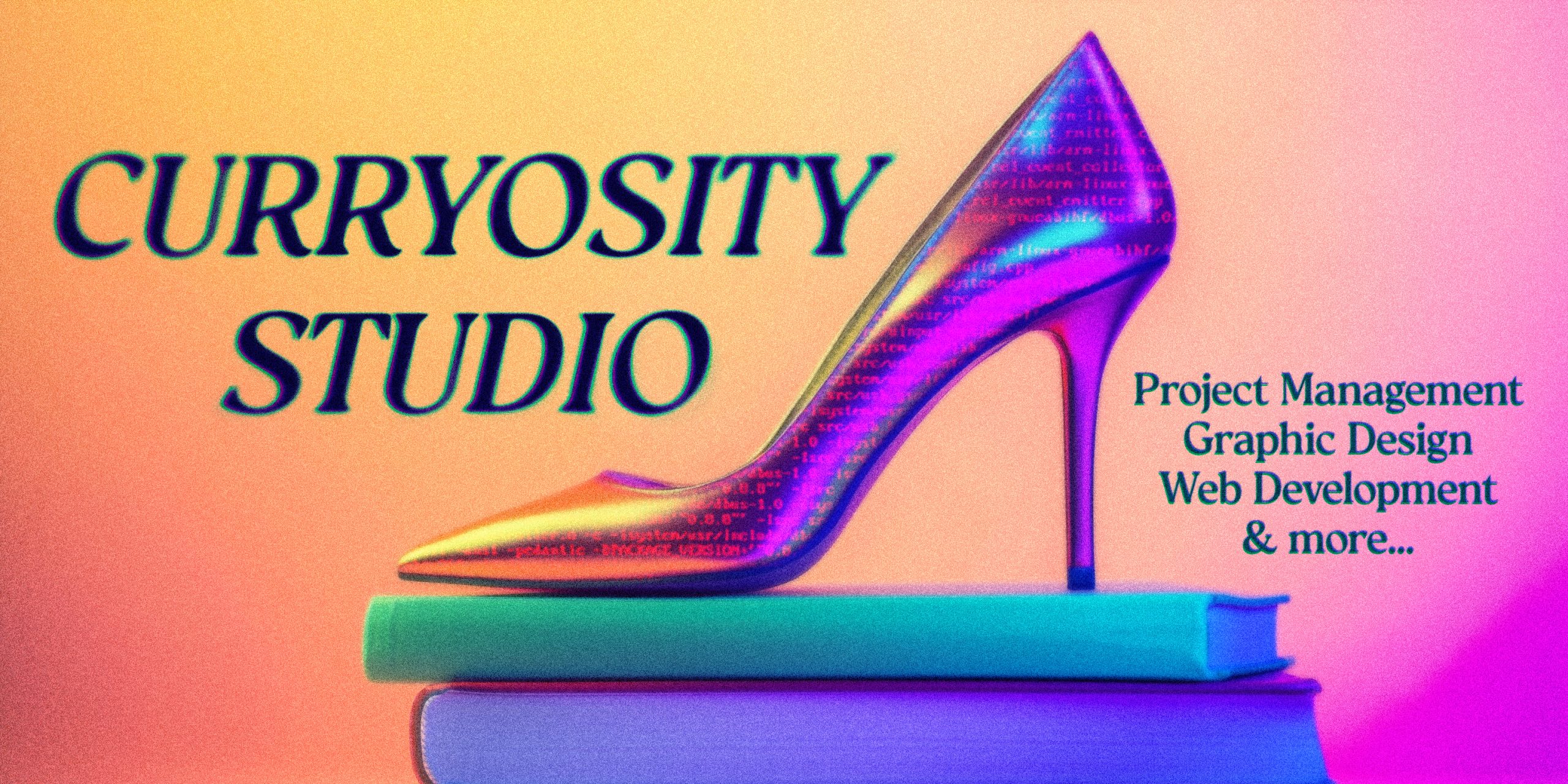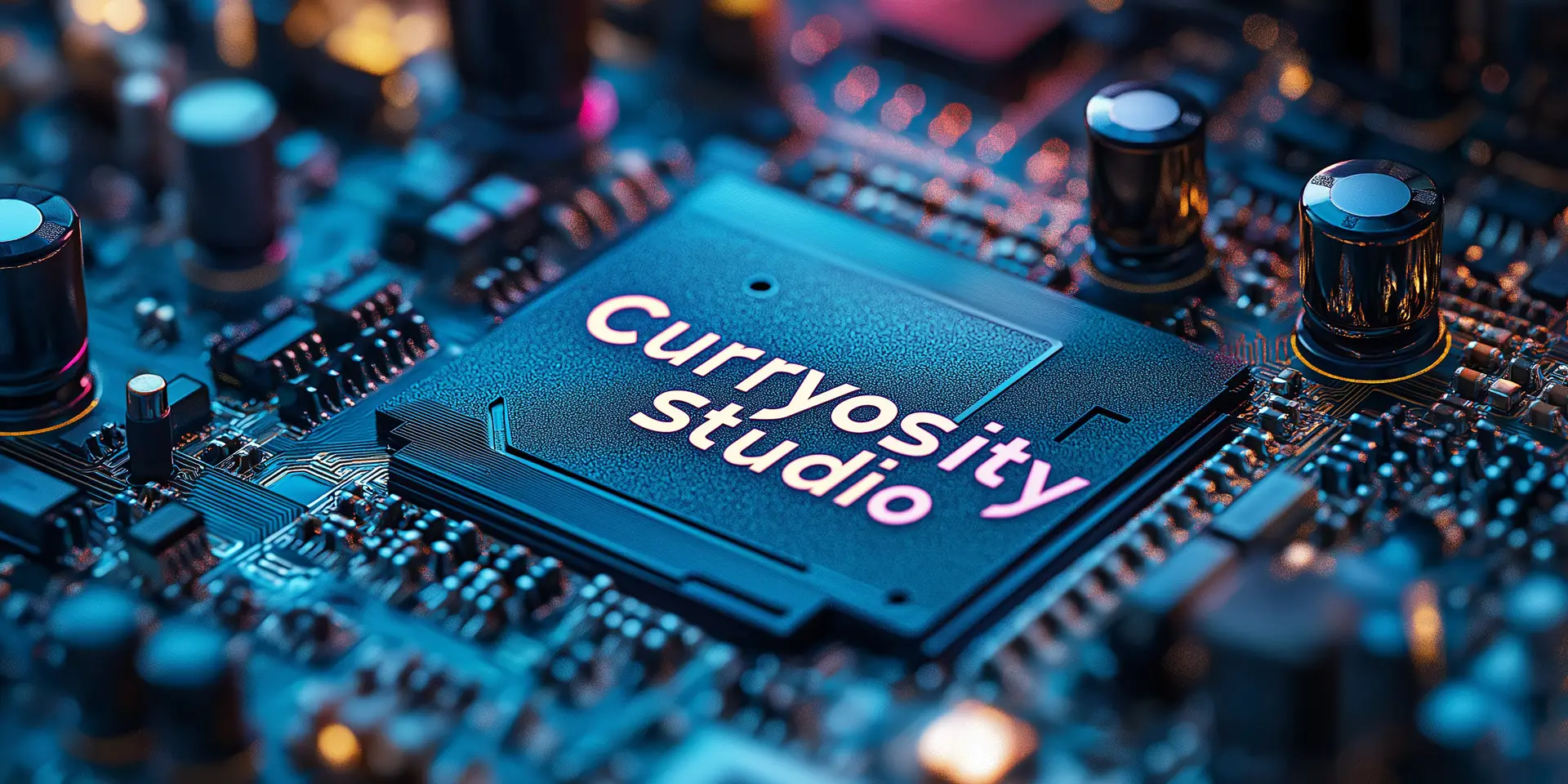As a graphic designer, I’ve certainly been looking at generative AI as a potential friend and as a potential enemy.
And so far, I’ve realized that it’s both.
My general philosophy on generative AI (image versions)
Many artists are up in arms about generative AI, but I disagree with many of their talking points. Here are a few:
“AI is stealing from artists”
All artists steal from other artists. Is AI better at it? Obviously. But any artist can and will look at another artist’s work and copy it. Style can’t be copyrighted, and art created by AI can’t be copyrighted either. Copyrightable art will ALWAYS be needed.
“AI is taking jobs from artists”
AI is taking jobs from bad artists. Professional artists who meet their deadlines and are ethical will always have a job. I’ve worked with tons of artists over the years and I know a good professional artist is hard to find. I’ve dealt with artists who consistently miss deadlines, artists who’ve used celebrity faces in their art, artists who’ve used copyrighted assets as references without changing anything about it…you name it, I’ve seen it. People who are burned by unprofessional artists, tend to want to walk away from dealing with artists at all.
Ethical Guidelines I advocate for
Just as an artist needs to be ethical, those using generative AI need to be ethical as well. So what does that mean? How can you use generative AI in an ethical way? Here are a few guidelines I go by:
- Don’t use the names of people or characters in your prompts, whether they’re celebrities, artists, or Mickey Mouse, just don’t do it.
- Don’t use images you don’t have the rights to as prompt images.
- Run your final image through a Google image search to see if it’s close to other copyrighted images.
- If you’re going to use the image to make money, don’t use it without drastically altering it or without including it as a smaller part of a larger composition.
- Search paid stock photo sites first. If the asset you need can’t be found there, then move on to trying to generate something.
It’s also important to keep in mind that art generated by AI cannot be copyrighted without a human making major changes to the art. This means that if a big company uses AI to generate a character concept, that image can’t be copyrighted and ANYONE can use it. If a company wants to protect their IP, then they must hire a human artist.
How generative AI can be useful
I’m not an illustrator. I can kinda draw, but I’m majorly out of practice and I haven’t been able to create realistic digital paintings, although it’s a skill I hope to learn someday when I have more time.
Where AI comes in is when I commission artwork from an actual illustrator. I can type in some prompts, roughly photoshop things together and then send it to the artist as a reference for what I want.
It’s also useful for when I’m photo-bashing something for myself and I’m having trouble finding a particular asset or needing an asset that simply doesn’t exist. Often I’ll enter in some prompts, grab the one that’s closest and do some heavy editing to make it fit exactly what I need and to blend in with the rest of the image and stock assets I’ve purchased.
There are other uses, I’m sure, but these are the ones I’ve used the most.
How generative AI can be harmful
There are people out there trying to make money as professional “prompters.” These people often have no other skills when it comes to photoshop, design, composition, etc. They literally charge for the words they type into a generative AI like Midjourney.
Need some specific changes to what they turned in? Sorry, you’re out of luck. They can’t do that.
There are also people who use AI and then don’t disclose that fact to their clients. This is completely unethical. If you hire someone or buy a piece of artwork and use it somewhere only to find out later that it can’t be copyrighted and anyone can use it, then you’ve basically paid for nothing.
Final thoughts
For me, AI is a tool. Whether you’re using an image generator or for AI Text Generation, it’s not an end-all, be-all solution to art or graphic design. It takes much more skill than just typing in a prompt to be able to use AI as a viable part of an art or graphic design business.
When I do use AI, I generally find myself frustrated that I can’t get exactly what I want, so I tend to mash a few things together in photoshop using a combination of AI, stock assets, photo manipulation, and light digital painting. The end result is always something original that I’ve put hours of effort into making, not seconds.
Those who think they can make hundreds of dollars a day by spending less than five minutes with Midjourney, will eventually find out that what they do isn’t sustainable and that the proper skills and the right eye is needed to really build a successful business.

